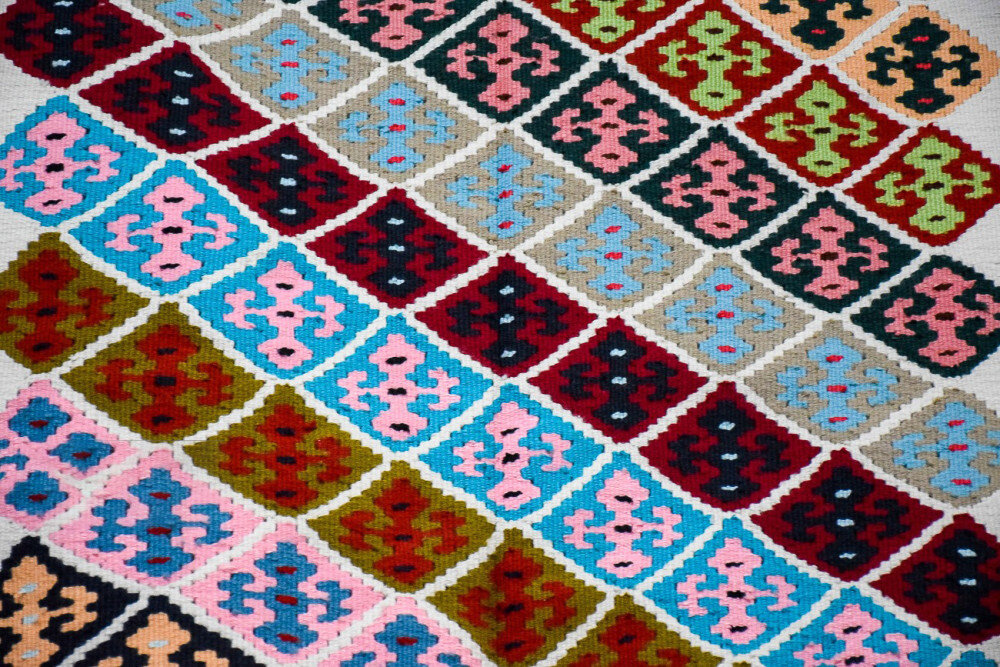Persian handicrafts: Masnad Bafi of Ardabil

TEHRAN – Different regions in Iran boast diverse climates, leading to variations in people’s lifestyles, beliefs, traditions, and crafts. This diversity manifests in various handicrafts and handwoven products across the country, including the art of Masnad weaving.
Masnad, a form of practical Kilim carpet, is specifically crafted in the Namin and Anbaran regions of Ardabil. Typically measuring about 110 by 170 centimeters, Masnad, like other Kilims, is woven on a loom.
As mentioned by Visit Iran, Masnads can be either single-sided or double-sided, with the latter generally being more costly. Often utilized as prayer rugs, many Masnads feature patterns depicting altars. Additionally, there are various types of Masnads woven in these areas, characterized by diverse patterns and motifs, often laid on the floor for guests. The name “Masnad” itself signifies “a place where a person sits or leans on,” reflecting its utility. Renowned Persian poets like Rumi have referenced Masnads in their works.
Typically, Masnad patterns are geometric, with infrequent use of cursive motifs. The designs consist of symmetrical vertical lines, with a notable high contrast between the background color and the pattern. Researchers suggest that Masnad patterns and motifs are inspired by “Shirakipich” (another type of Kilim from the Kerman province) but lack the central paisley motif. A prevalent motif known as the “Matn” flower, locally called “Keshmiri,” is intricately woven throughout the background.
Other floral motifs include Khara, Shah Abbassi, Garmayi, and Joft. Additionally, two types of margins, namely “Charkhi” (circular) and “Vakili,” embellish the Masnad. The weaving of Masnads incorporates designs such as bushes, vases, flowers, and hunting scenes. Raw or white cotton and single-colored wool yarn are commonly used as materials for the wefts in Masnad weaving.
Situated on a high, windswept plateau, Ardabil is well known for having abundant natural beauty, hospitable people, and its silk and carpet trade tradition. It is also home to UNESCO-registered Sheikh Safi al-Din Khanegah and the Shrine Ensemble. It is freezing in winter and mild in summer, attracting thousands every year.
AFM
Leave a Comment